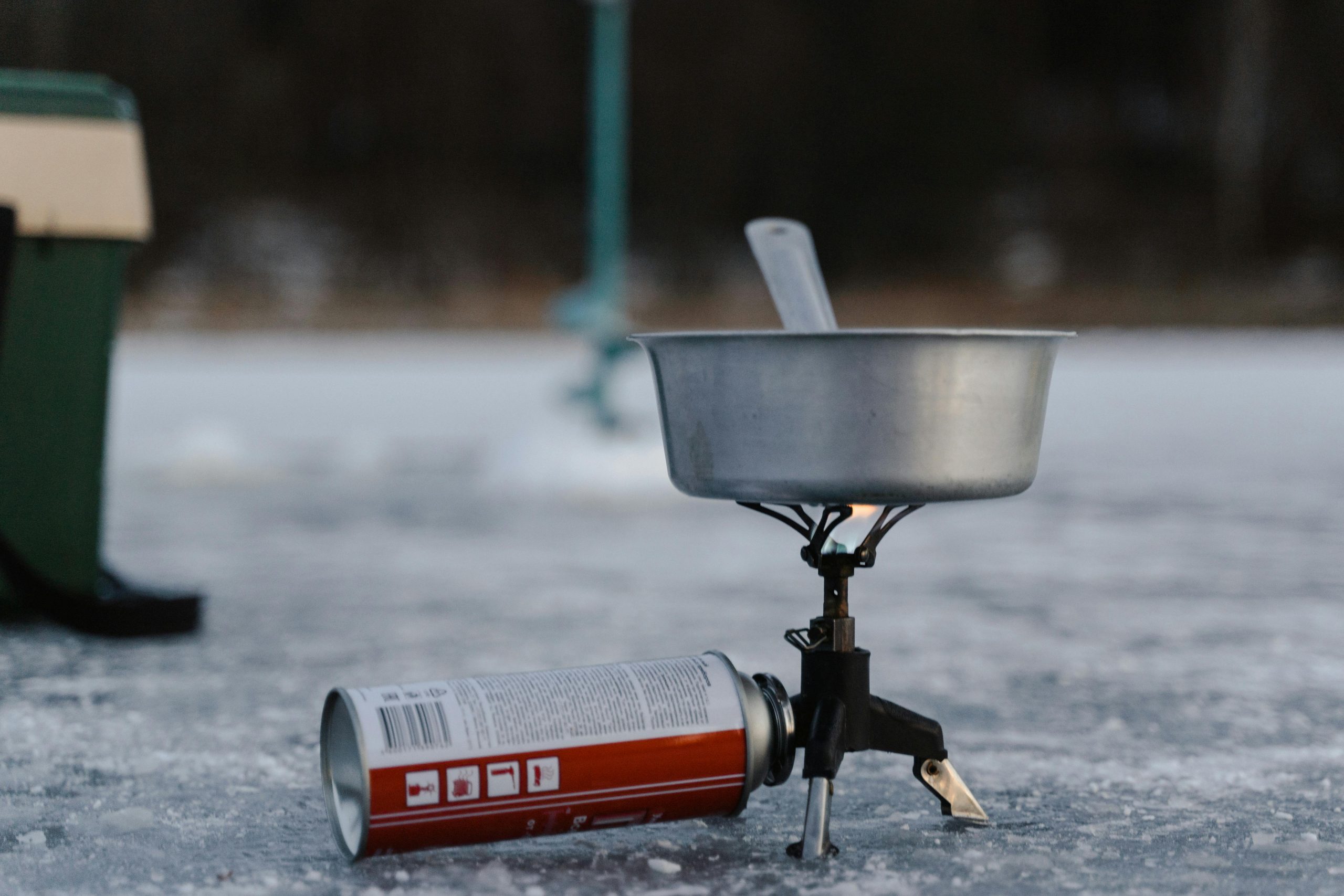“`html
What Types of Fuel Should I Use with Portable Cooking Gear?
When heading out for a camping trip, hiking adventure, or any outdoor activity, one of the most important considerations is how to prepare your meals. Portable cooking gear offers convenience and flexibility, but choosing the right type of fuel is essential for a successful cooking experience. In this article, we will explore the various types of fuel you can use with portable cooking gear, their benefits, and how to select the best option for your needs.
Understanding Portable Cooking Gear
Portable cooking gear includes items like camping stoves, portable grills, and even lightweight cooking systems designed for outdoor use. Each of these devices may require different types of fuel to operate effectively. Understanding the types of fuel available will help you make an informed choice that aligns with your cooking style and needs.
Types of Fuel for Portable Cooking Gear
Here are the most common types of fuel you can use with portable cooking gear:
- Propane
- Butane
- Liquid Gas
- Solid Fuel Tablets
- Wood
- Alcohol
1. Propane
Propane is one of the most widely used fuels for portable stoves and grills. It comes in pressurized canisters that are easy to transport and connect to your cooking gear. Here are some advantages:
- High heat output, perfect for boiling water and cooking various dishes.
- Easy to control flame and heat levels.
- Widely available at outdoor and sporting goods stores.
However, be cautious of the weight and size of the propane canisters, especially for backpacking trips.
2. Butane
Butane is another popular fuel choice, especially for lightweight portable stoves. It offers similar benefits to propane but has a few distinctions:
- Generally lighter than propane, making it ideal for backpackers.
- Burns cleanly, producing less soot.
- Good for quick meals and boiling water.
Keep in mind that butane can become less efficient in colder temperatures, so it may not be the best choice for winter camping.
3. Liquid Gas
Liquid gas stoves are versatile as they can burn a range of fuels, including white gas and kerosene. Here are some points to consider:
- Highly efficient and reliable, providing consistent heat output.
- Long burn times, ideal for extended trips.
- Can be refueled easily in remote locations.
However, liquid gas stoves require more maintenance and are generally heavier than canister stoves.
4. Solid Fuel Tablets
Solid fuel tablets are a compact and lightweight option for outdoor cooking. They are commonly used with small stoves or as a backup fuel source. Benefits include:
- Ultra-portable and easy to store.
- Long shelf life, making them a great emergency fuel option.
- Simple to use—just light the tablet and place it under your cookware.
However, solid fuel tablets may not provide enough heat for larger meals or boiling large quantities of water.
5. Wood
Cooking over wood is a traditional method that many campers enjoy. It can be an excellent fuel source if you’re in a location where gathering wood is permitted. Here are some pros and cons:
- Provides a unique flavor to food.
- Abundant in forested areas, reducing the need to carry fuel.
- Environmentally friendly if sourced sustainably.
On the downside, wood requires more effort to gather and prepare, and it may not be as reliable in wet conditions.
6. Alcohol
Alcohol stoves are popular among ultralight backpackers and provide a simple cooking solution. Here’s what you should know:
- Lightweight and compact, making them easy to carry.
- Uses denatured alcohol or biofuel, both of which are relatively safe.
- Less smoke compared to other fuels.
The main drawback is their heating efficiency, which may require longer cooking times compared to other fuel types.
Choosing the Right Fuel for Your Needs
When selecting the best fuel for your portable cooking gear, consider these factors:
- Type of Cooking Gear: Make sure the fuel type is compatible with your stove or grill.
- Duration of Your Trip: Longer trips may require more fuel or a type that can be easily resupplied.
- Weight and Portability: For backpacking, opt for lighter fuels like butane or alcohol.
- Environmental Conditions: Cold weather may affect the performance of certain fuels.
- Cooking Style: Consider whether you need high heat for boiling or lower heat for simmering.
Conclusion
Choosing the right fuel for your portable cooking gear can greatly enhance your outdoor cooking experience. By understanding the various fuel types—propane, butane, liquid gas, solid fuel tablets, wood, and alcohol—you can make an informed decision that suits your needs. Whether you’re camping, hiking, or enjoying a backyard barbecue, having the right fuel will ensure you can prepare delicious meals with ease.
“`

Leave a Reply